Rising Health Consciousness
The increasing awareness of health and wellness among consumers in China appears to be a pivotal driver for the honey market. As individuals seek natural alternatives to processed sugars, honey is gaining traction due to its perceived health benefits. Reports indicate that the demand for organic and raw honey has surged, with sales growing by approximately 15% annually. This trend is likely to continue as consumers prioritize products that align with their health goals. The honey market is thus experiencing a shift towards products that are marketed as natural and beneficial, reflecting a broader societal trend towards healthier lifestyles.
Culinary Innovation and Trends
Culinary trends in China are evolving, with honey being increasingly incorporated into various dishes and beverages. The honey market is witnessing a rise in demand for unique flavor profiles and artisanal honey products. Chefs and food enthusiasts are experimenting with honey in gourmet recipes, which has led to a notable increase in sales. For instance, the market for flavored honey has expanded, with a growth rate of around 10% over the past year. This culinary innovation not only enhances the appeal of honey but also positions it as a versatile ingredient in modern Chinese cuisine.
Increased Export Opportunities
China's honey market is poised for growth due to expanding export opportunities. With rising global demand for honey, particularly in regions such as North America and Europe, Chinese honey producers are increasingly looking to international markets. Recent data suggests that honey exports from China have increased by 20% over the last year, driven by competitive pricing and quality improvements. This trend indicates a potential for significant revenue growth within the honey market, as producers capitalize on the global appetite for honey. The expansion into export markets may also encourage innovation and quality enhancements within the domestic market.
Sustainable Beekeeping Practices
Sustainability is becoming a crucial consideration in the honey market, particularly in China. As consumers become more environmentally conscious, there is a growing preference for honey sourced from sustainable beekeeping practices. This shift is likely to influence purchasing decisions, with consumers willing to pay a premium for honey that is certified organic or sustainably harvested. The market for sustainably produced honey is projected to grow by 12% in the coming years, reflecting a broader trend towards eco-friendly products. This focus on sustainability not only benefits the environment but also enhances the reputation of the honey market.
Technological Advancements in Production
Technological advancements in beekeeping and honey production are transforming the honey market in China. Innovations such as automated extraction processes and improved hive management techniques are enhancing efficiency and product quality. These advancements are likely to lead to increased honey yields, which could support the growing demand in both domestic and international markets. Reports indicate that honey production efficiency has improved by approximately 15% due to these technologies. As producers adopt modern techniques, the honey market is expected to benefit from higher quality products and reduced production costs, ultimately enhancing competitiveness.


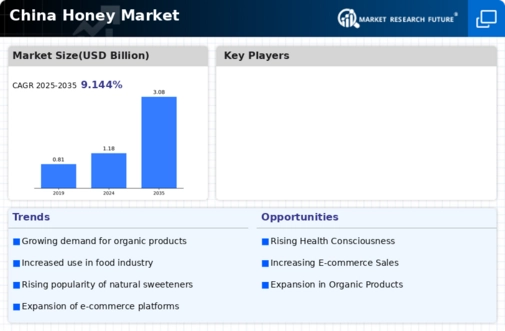
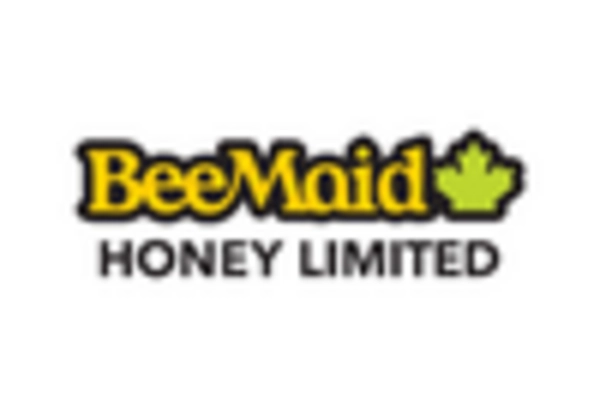
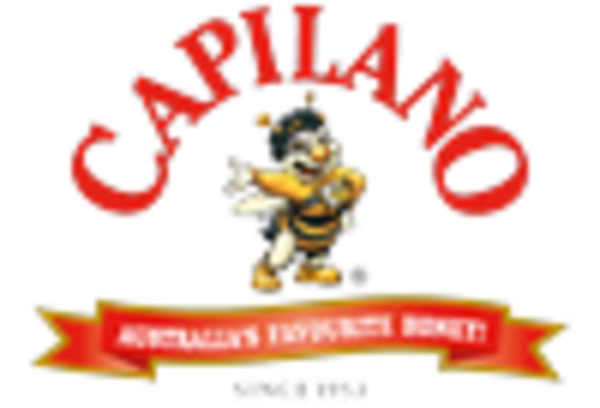
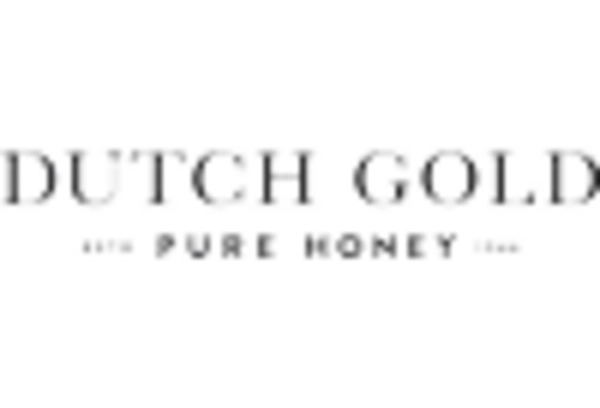
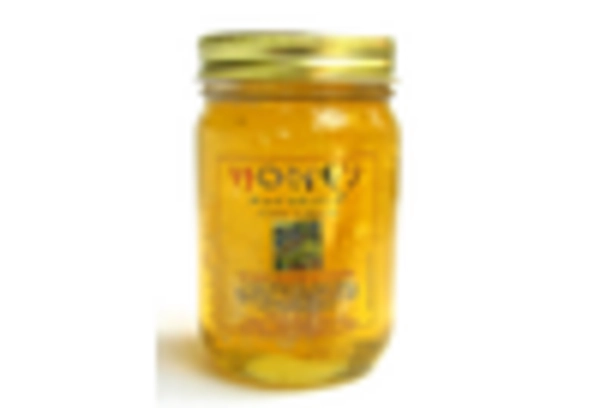
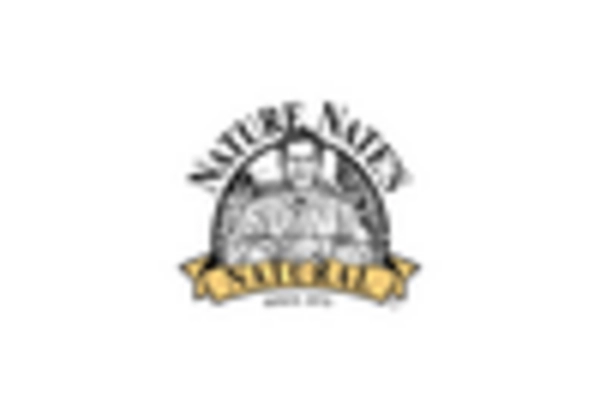
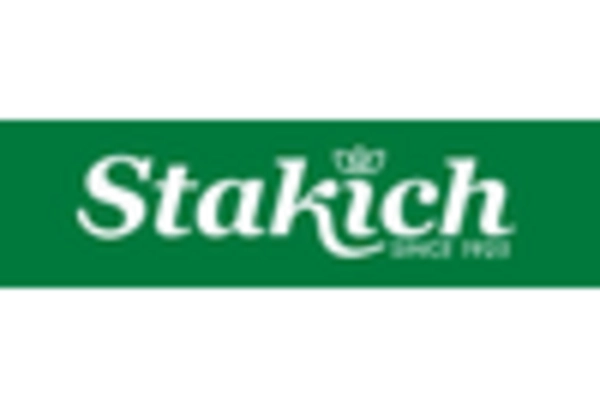








Leave a Comment